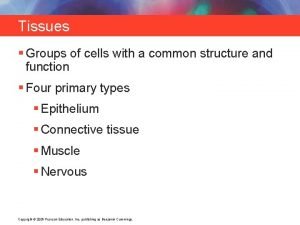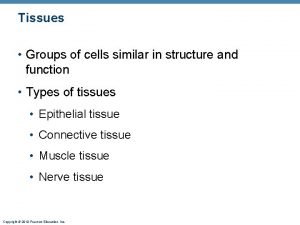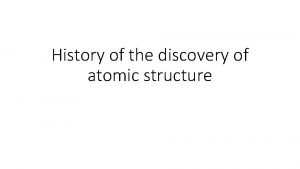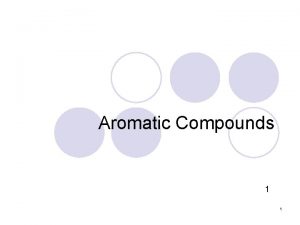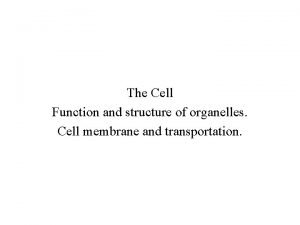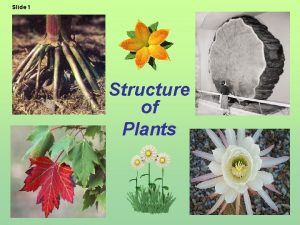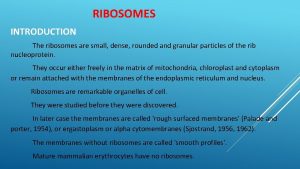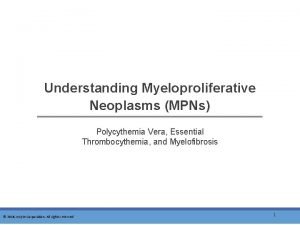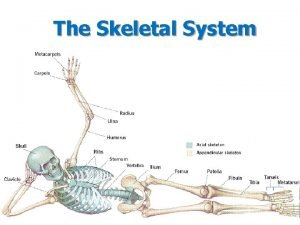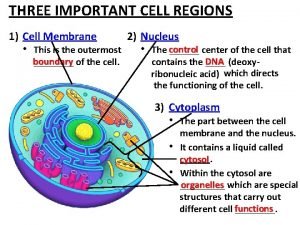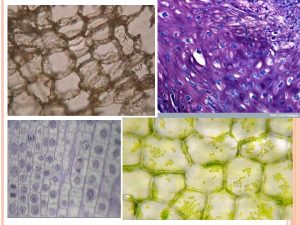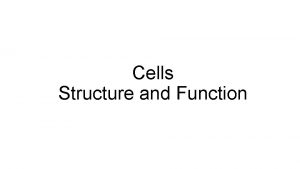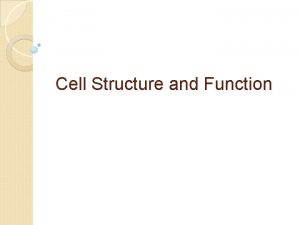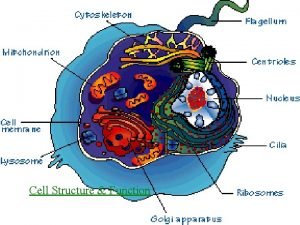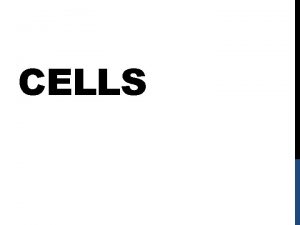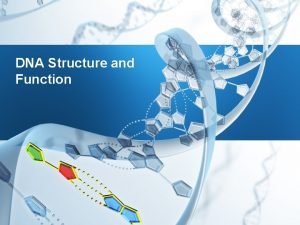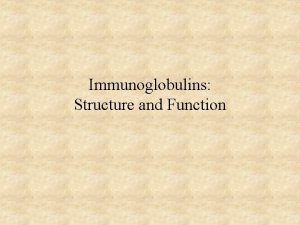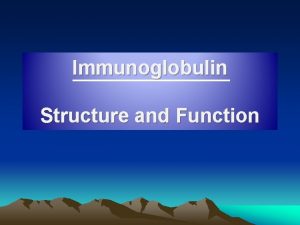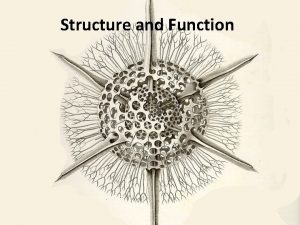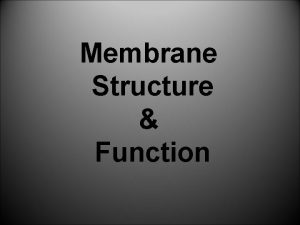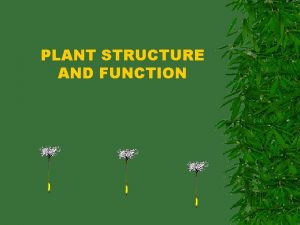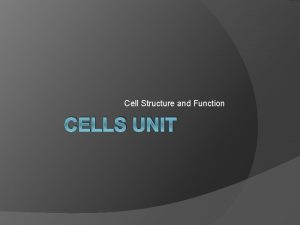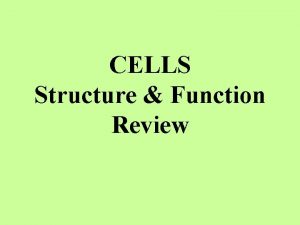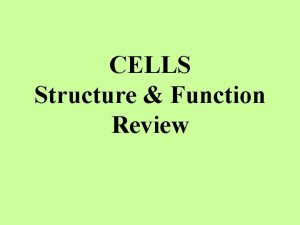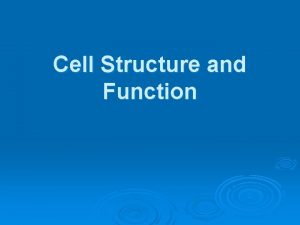Cells Structure and Function Discovery of Cells l




























- Slides: 28

Cells Structure and Function

Discovery of Cells l The first person to find cells wasn’t even looking for them – it was an accident! They are so small that you can’t see them with just your eyes. l A cell is the smallest unit that can perform all the processes necessary for life. Since they are so small, people didn’t know about them until the 1600 s (after microscopes were invented). l Robert Hook found cells in 1665 when he was looking at cork. He saw little boxes, which he called “cells”. This means “little rooms” in Latin. After this, he started looking at leaves, feathers, fish scales, and other things… he noticed these cells here too! Years later in 1673, a scientist named Anton van Leeuwenhoek built a microscope and started looking at animal cells and blood cells.

Discovery of Cells l Anton van Leeuwenhoek (1675): was the first person to observe living cells.

Scanning Electron Microscope (SEM) Surface of Tongue Neuron Inside of Stomach

Scanning Electron Microscope (SEM) Pollen Yeast Red Blood Cell, Platelet, and White Blood Cell

The Cell Theory l Almost 200 years passed before scientists concluded that cells are in all living things. In the 1830 s, Scientist Theodor Schwann conclude that all animal tissues were made of cells, and soon after, he wrote the first two parts of what is known as “Cell Theory”. In 1858, another scientist (Rudolf Virchow) added the third part to theory. All organisms are made of one or more cells. l The cell is the basic unit of all living things. l All cells come from existing cells. l

Cell Diversity l Size l Shape l Internal Organization

Smallest Cells: Most cells are too small to be seen. Cell Diversity- Size Longest Cells: Biggest Cells: 6 inches long, 5 inches wide, 3 pounds Ostrich Egg

Cell Diversity- Shape l Cells differ widely in shape. l Most cells are roughly cuboidal or spherical.

Parts of a Cell Membrane is a protective layer that covers the cell’s surface and acts as a barrier. It separates the cell’s contents from its environment. It also controls what goes in and out of the cell. Inside the cell is fluid. This fluid and almost all of its contents are called the cytoplasm. l Organelle: a cell component that performs specific functions in the cell. Different types of cells have l different organelles.

Nucleus Structure: the nucleus is a sphere that contains another sphere called a nucleolus l Function: -storage center of cell’s DNA -manages cell functions l Not all cells have a nucleus. For example, bacteria cells do not. l

Two kinds of cells All cells have cell membranes, organelles, cytoplasm, and DNA. However, cells are divided into 2 types – cells without a nucleus and cells with a nucleus. l Prokaryotic cells are single-celled organisms that do not have a nucleus or membrane-bound organelles. Bacteria and Archara are both prokaryotes, they are similar but have different kinds of ribosomes. l A eukaryotic cell would be found in animals, plants, and fungi. Most eukaryotic cells have three main components: – Cell Membrane – Cytoskeleton – Nucleus in a membrane l

Eukaryotic Cells - Cell Wall Structure: rigid wall made up of cellulose, proteins, and carbohydrates l Function: boundary around the plant cell outside of the cell membrane that provides structure and support l

Cell Membrane Structure: phospholipids bilayer with proteins that function as channels, markers, and receptors -also contains cholesterol which provides rigidity l Function: selectively permeable boundary between the cell and the external environment l

Cytoskeleton & Nucleus Cytoskeleton Structure: gelatin-like fluid that lies inside the cell membrane l Function: -contains salts, minerals and organic molecules -surrounds the organelles and keeps cell membranes from collapsing. Web of proteins. l The nucleus is a large organelle in a eukaryotic cell that contains the cell’s DNA. It has 2 membranes.

Ribosomes Ribosome Structure: consist of two subunits made of protein and RNA l Function: location of protein synthesis l

Endoplasmic Reticulum Structure: a system of membranous tubules and sacs l Function: intercellular highway (a path along which molecules move from one part of the cell to another) l Two types: – Rough Endoplasmic Reticulum – Smooth Endoplasmic Reticulum l

Rough Endoplasmic Reticulum l Rough Endoplasmic Reticulum (r. ER): prominent in cells that make large amounts of proteins to be exported from the cell or inserted into the cell membrane – Covered with ribosomes

Smooth Endoplasmic Reticulum l Smooth Endoplasmic Reticulum (s. ER): involved in the synthesis of lipids and breakdown of toxic substances – Not covered with ribosomes

Mitochondria Mitochondrion Structure: folded membrane within an outer membrane – The folds of the inner membrane are called cristae l Function: -converts energy stored in food into usable energy for work – cellular respiration l

Chloroplasts Structure: stacked sacs (thylakoids) that contain chlorophyll surrounded by a double membrane l Function: photosynthesis (conversion of light energy to chemical energy stored in the bonds of glucose) l

Golgi Apparatus Golgi Complex Structure: stacked flat sacs l Function: receives proteins from the r. ER and distributes them to other organelles or out of the cell (receiving, processing, packaging, and shipping) l A vesicle forms in the Golgi complex’s membrane and is a small sac that contains material in a eukaryotic cell.

Lysosomes Lysosome Structure: spherical organelles that contain hydrolytic enzymes within single membranes l Function: breaks down food particles, invading objects, or worn out cell parts l

Vacuoles Vacuole Structure: a sac of fluid surrounded by a membrane – Very large in plants l Function: used for temporary storage of wastes, nutrients, and water l

Plant Cells vs. Animal Cells l Animal cells are very similar to plant cells except for the following major differences: – Animal cells do not contain chloroplasts – Animal cells are not surrounded by cell walls – The vacuoles in plants are much larger than those of animals

Animal Cell

Plant Cell

Microscope Pictures of a Plant Cell and an Animal Cell Elodea Human Cheek Cells
 Muscle tissue parts
Muscle tissue parts Group of cells that are similar in structure and function
Group of cells that are similar in structure and function A group of cells similar in structure and function
A group of cells similar in structure and function Waters view with open mouth
Waters view with open mouth Chlorocruorin
Chlorocruorin Animal rights and animal welfare venn diagram
Animal rights and animal welfare venn diagram Masses of cells form and steal nutrients from healthy cells
Masses of cells form and steal nutrients from healthy cells Discovery of atomic structure
Discovery of atomic structure Benzene structure discovery
Benzene structure discovery Medullary portion of collecting duct
Medullary portion of collecting duct Pineal gland
Pineal gland Somatic cells vs gametes
Somatic cells vs gametes Somatic vs germ cells
Somatic vs germ cells Is bacteria prokaryotic or eukaryotic
Is bacteria prokaryotic or eukaryotic Prokaryotic cells vs eukaryotic cells venn diagram
Prokaryotic cells vs eukaryotic cells venn diagram Why did robert hooke name cells “cells”?
Why did robert hooke name cells “cells”? Pseudostratified vs simple columnar
Pseudostratified vs simple columnar What cell type
What cell type Staphylococcus aureus prokaryotic or eukaryotic
Staphylococcus aureus prokaryotic or eukaryotic Nondisjunction in meiosis
Nondisjunction in meiosis Cell substance
Cell substance Secondary education meaning
Secondary education meaning How cells function
How cells function Guard cell function in leaf
Guard cell function in leaf Introduction of ribosomes
Introduction of ribosomes What is the function of a cell
What is the function of a cell Complications of myelofibrosis
Complications of myelofibrosis White blood cells function
White blood cells function Autolysis
Autolysis
